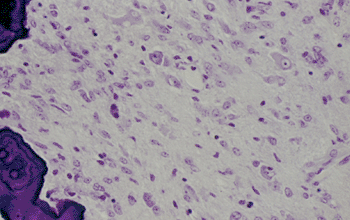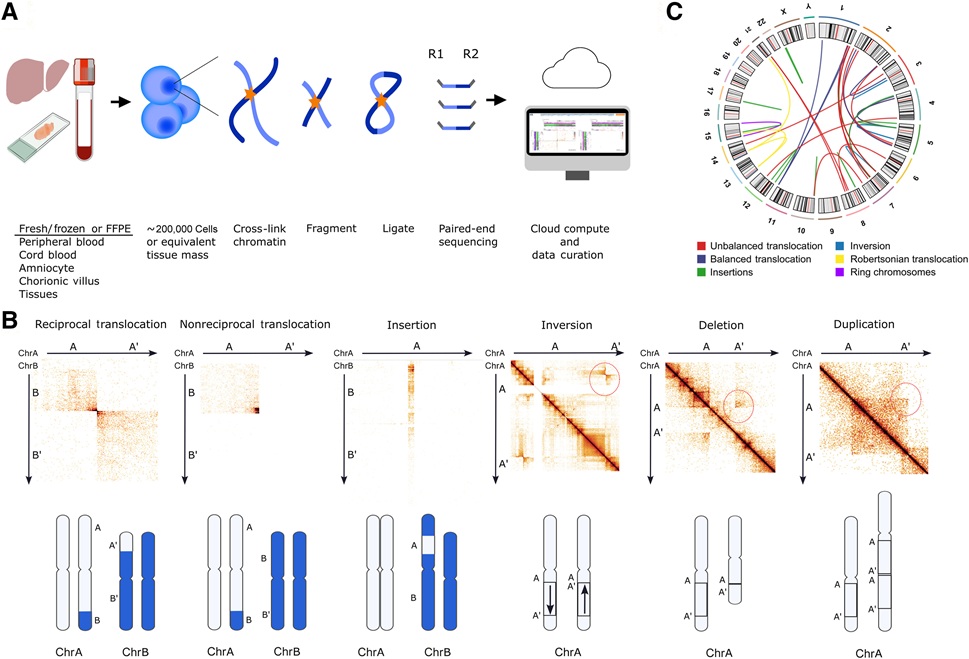Genetic Signature of Deadly Brain Cancer Identified
By LabMedica International staff writers
Posted on 18 Jun 2013
The genetic traits of the cells that give rise to glioma, the most common form of malignant brain cancer, have been identified. Posted on 18 Jun 2013
Gliomas arise from a cell type found in the central nervous system and progress in severity over time and ultimately become highly invasive tumors known as glioblastomas, which are difficult to treat and almost invariably fatal.

Image: Histological section of Ganglioglioma (Photo courtesy of the Geneva Foundation for Medical Education and Research).
A multi-institutional team of scientists led by those at the University of Rochester Medical Center (NY, USA) studied tumor samples derived from eight patients with oligodendroglioma, six with astrocytoma, and six with mixed oligoastrocytoma and one with ganglioglioma. Normal epileptic tissue resections obtained from 54 patients were used as controls. The team used various techniques to isolate the cancer-inducing stem cell.
Out of a pool over 44,000 tested genes and sequences, the scientists identified a small set of genes in the cancerous glioma progenitor cells that were over-expressed at all stages of malignancy. These genes formed a unique signature that identified the tumor progenitor cells and enabled the scientists to define a corresponding set of potential therapeutic targets present throughout all stages of the cancer.
The investigators targeted the gene that encodes for the homeobox protein SIX1 (SIX1), which was highly overexpressed in the glioma progenitor cells. While this particular gene is active in the early development of the nervous system, it had not been observed in the adult brain before. However, SIX1 signaling has been associated with breast and ovarian cancer, raising the possibility of its contribution to brain cancer as well, and indeed, this turned out to be the case. When the scientists blocked, or knocked down the expression of this gene, the tumor cells ceased growing, and tumors implanted in mice shrank.
Steven Goldman, MD, PhD, the senior author of the study, said, “By targeting genes like SIX1 that are expressed at all stages of glioma progression, we hope to be able to effectively treat gliomas regardless of their stage of malignancy. And by targeting the glioma-initiating cells in particular, we hope to lessen the likelihood of recurrence of these tumors, regardless of the stage at which we initiate treatment." The study was published on May 30, 2013, in the journal Cell Reports.
Related Links:
University of Rochester Medical Center




 assay.jpg)









